The Best ADHD To Do List Strategies for Better Focus and Productivity
Discover effective ADHD to-do list strategies that enhance focus and productivity. Improve your daily organization and achieve your goals—read more!

Managing tasks and maintaining productivity can be particularly challenging for ADHD brains, as distractions, overwhelm, and difficulties with organization often hinder progress toward personal and professional goals.
However, a well-crafted to-do list can be a powerful tool to navigate these challenges. By understanding the benefits of to-do lists and implementing effective strategies—such as creating a comprehensive master list, breaking down tasks into manageable steps, prioritizing and scheduling activities, and continuously refining your system—you can enhance focus and boost productivity.
This guide explores these strategies in detail, providing practical advice to help you harness the full potential of to-do lists and achieve your objectives.
Understanding the Benefits of To-Do Lists for ADHD
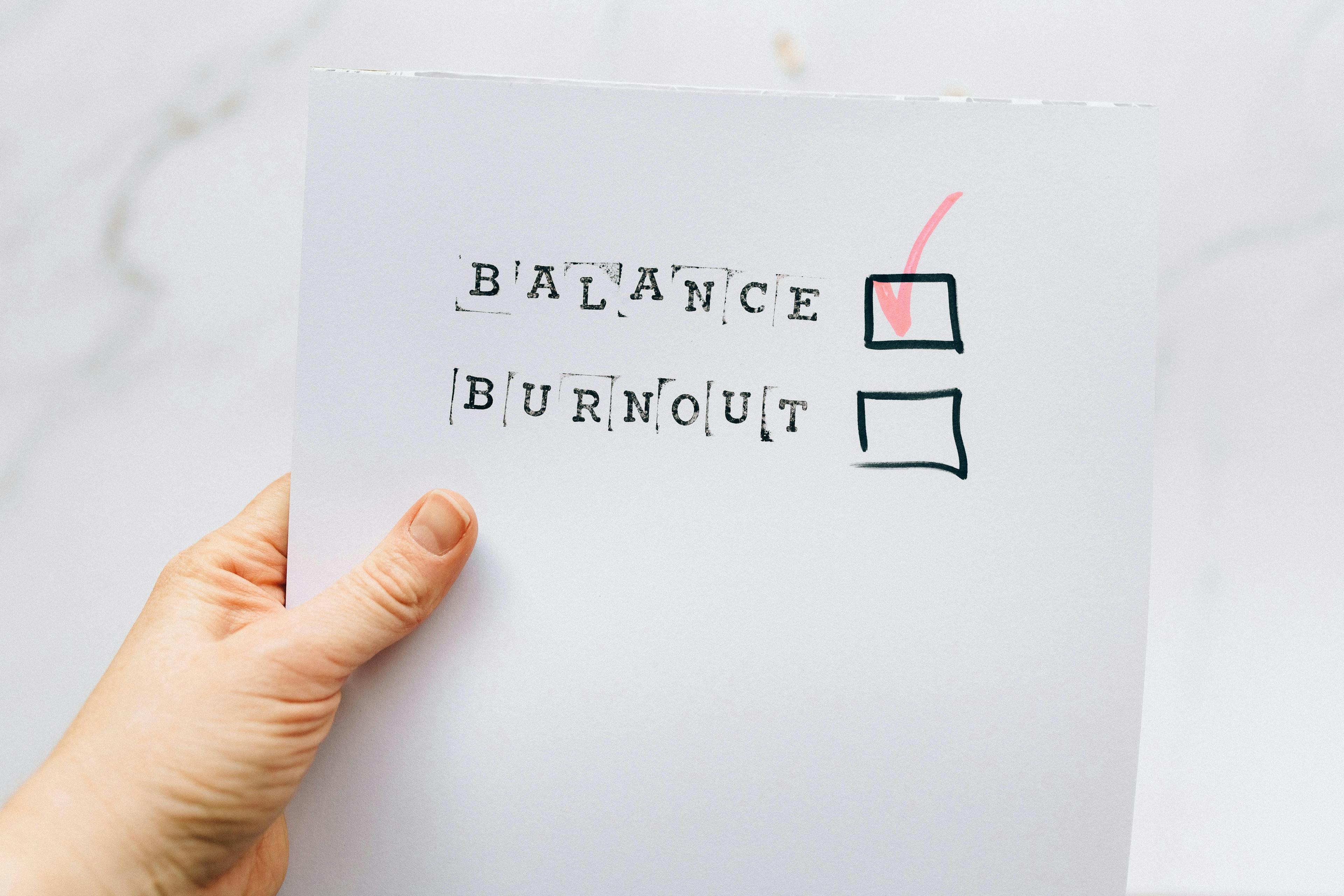
For individuals with Attention Deficit Hyperactivity Disorder (ADHD), the world can often feel like a whirlwind of thoughts, ideas, and distractions. Staying focused and organized can be a constant challenge. This is where to-do lists come in as a valuable tool. More than just a simple record of tasks, to-do lists offer a range of benefits specifically tailored to the ADHD brain. Let's explore how:
Externalizing Thoughts to Free Up Mental Space:
One of the core challenges with ADHD is working memory difficulties. Our minds can feel like overcrowded closets, with thoughts and reminders jostling for space. To-do lists act as an external hard drive, allowing us to offload these thoughts and free up crucial mental RAM. This reduces cognitive overload and makes space for focus.
Combating Choice Paralysis:
Having too many options can be paralyzing, leading to inaction and procrastination. A to-do list provides structure and clarity, breaking down overwhelming tasks into manageable steps. Instead of feeling lost in a sea of possibilities, we have a clear roadmap guiding us forward.
Boosting Motivation and Focus:
The act of checking off completed tasks triggers a sense of accomplishment and releases dopamine, a neurotransmitter associated with motivation and pleasure. This positive reinforcement loop encourages us to stay engaged and focused on the next item on the list.
Enhancing Time Management:
Individuals with ADHD often struggle with time blindness, making it difficult to accurately estimate how long tasks will take. To-do lists provide a visual representation of time, helping us allocate our time more effectively and stay on schedule.
Increasing Productivity and Completion:
By breaking down tasks and providing a clear path forward, to-do lists empower us to overcome procrastination and complete our work. This leads to increased productivity and a sense of accomplishment, boosting our self-esteem and confidence.
In essence, to-do lists act as an external support system for the ADHD brain, providing structure, clarity, and motivation. By harnessing the power of to-do lists, individuals with ADHD can unlock their full potential and achieve their goals.
Creating an Effective Master To-Do List
For individuals with Attention Deficit Hyperactivity Disorder (ADHD), staying organized and focused can be a significant challenge. A master to-do list is a powerful tool that can help streamline tasks and improve productivity. Here's how to create one effectively:
Capture Everything on Your Plate
Begin by writing down all your tasks you need to accomplish—both big and small. This comprehensive approach ensures that you won’t forget important responsibilities and reduces the mental load of keeping track of tasks.
Consolidate Reminders into a Single List
Gather all your notes, reminders, and to-do items scattered across various platforms or pieces of paper. Compile them into one cohesive list. Transcribing this list into a word-processing document can make it easier to edit and organize. Apps like NotePlan enable you to consolidate all your to-dos, notes, and reminders into one place, making it easier to update and prioritize tasks daily.
Break Down Tasks into Single Steps
Each task on your master list should be simple and require only a single step to complete. Breaking down larger tasks into smaller, manageable actions prevents feeling overwhelmed and makes it easier to start working on them.
Set Priorities Using the "A-B-C" System
Prioritize your tasks to focus on what's most important:
- A: High-priority tasks that need immediate attention.
- B: Important tasks that are not as urgent.
- C: Tasks that are less critical and can be addressed later.
This system helps you allocate your time and energy efficiently, ensuring that critical tasks are completed promptly.
Organize and Manage Your Task List
Use your master to-do list as a dynamic tool:
- Group Similar Tasks: Organize tasks by category or project to streamline your workflow.
- Set Deadlines: Assign due dates to keep yourself accountable.
- Regular Updates: Review and adjust your list daily to reflect new tasks or changing priorities.
- Mark Completed Tasks: Checking off tasks provides a sense of accomplishment and motivates you to complete tasks.
Additional Tips:
- Keep It Accessible: Whether it's a digital app or a physical notebook, ensure your to-do list is always within reach.
- Stay Flexible: Life is unpredictable. Be prepared to reorder your priorities as needed.
- Limit Your Daily Tasks: To avoid overload, select a few high-priority tasks to focus on each day.
Breaking Down Tasks into Manageable Chunks
For individuals with ADHD, large tasks can be overwhelming. By breaking complex tasks into smaller, more manageable steps, you can reduce stress and boost productivity.
Divide Complex Tasks
Start by taking a broad task and splitting it into its basic components. For example, if the task is to "prepare a presentation," smaller steps could include:
- Research the topic
- Create an outline
- Design slides
- Practice the delivery
Breaking tasks down in this way makes them less intimidating and provides a clear roadmap to completion.
Use a Task Management System
Utilize tools like apps or planners to organize and track these smaller steps. This helps in prioritizing tasks, setting deadlines, and visualizing progress. Using NotePlan, you can break down tasks and link them to notes or projects, giving a clearer roadmap and reducing overwhelm.
Create a Structured To-Do List
Incorporate broken-down tasks into your to-do list to create to do lists that are structured and manageable:
- Categorize Tasks: Group similar ones together.
- Set Priorities: Use methods like the “A-B-C” system to focus on what’s most important.
- Allocate Time: Assign specific times to work on each task.
- Check Off Tasks: This provides a sense of accomplishment and motivates you to keep going.
Tips for Manageability
- Be Specific: Clearly define each task to avoid confusion later.
- Set Realistic Goals: Ensure that the steps are achievable within your available time and resources.
- Stay Flexible: Be prepared to adjust your plan as needed.
- Limit Daily Tasks: Focus on a few key tasks each day to prevent overload.
By breaking tasks into smaller chunks and organizing them effectively, you make projects less daunting and enhance your focus and productivity.
Prioritizing and Scheduling Tasks

Efficient task management is essential for boosting productivity, particularly for individuals with ADHD. By prioritizing and scheduling your tasks, you can focus on high-priority items and make better use of your time.
Prioritize Tasks Based on Importance and Deadlines
Evaluate each task's significance and urgency. Determine which tasks are crucial and have imminent deadlines. This assessment helps you focus on what needs immediate attention.
Use a Task Prioritization System
Implement a system like the "A-B-C" method to categorize tasks:
- A: High-priority tasks that are urgent and important.
- B: Important but less urgent tasks.
- C: Tasks that are neither urgent nor highly important.
This system keeps you focused on high-priority tasks and prevents less important tasks from consuming your time.
Schedule Tasks into Your Calendar
Allocate specific time slots in your calendar or planner for each task. Scheduling provides a realistic understanding of your available time and ensures that you set aside enough time for high-priority tasks.
Regularly Review and Adjust Your Schedule
Check your calendar frequently to accommodate new tasks or changes in priorities. Regular reviews help you stay flexible and adjust your schedule to meet deadlines effectively.
Use a To-Do List to Prioritize and Schedule Tasks
Combine your prioritized tasks with a to-do list to keep everything organized:
- List Tasks in Order of Priority: Tackle the most important tasks first.
- Set Deadlines: Assign due dates to keep yourself accountable.
- Check Off Completed Tasks: This gives you a sense of accomplishment and keeps you motivated.
Strategies for Staying Focused
Maintaining focus can be a challenge, especially for individuals with ADHD. Implementing effective strategies can help you stay on task and boost productivity. Here are some techniques to enhance your concentration:
Use the Pomodoro Technique
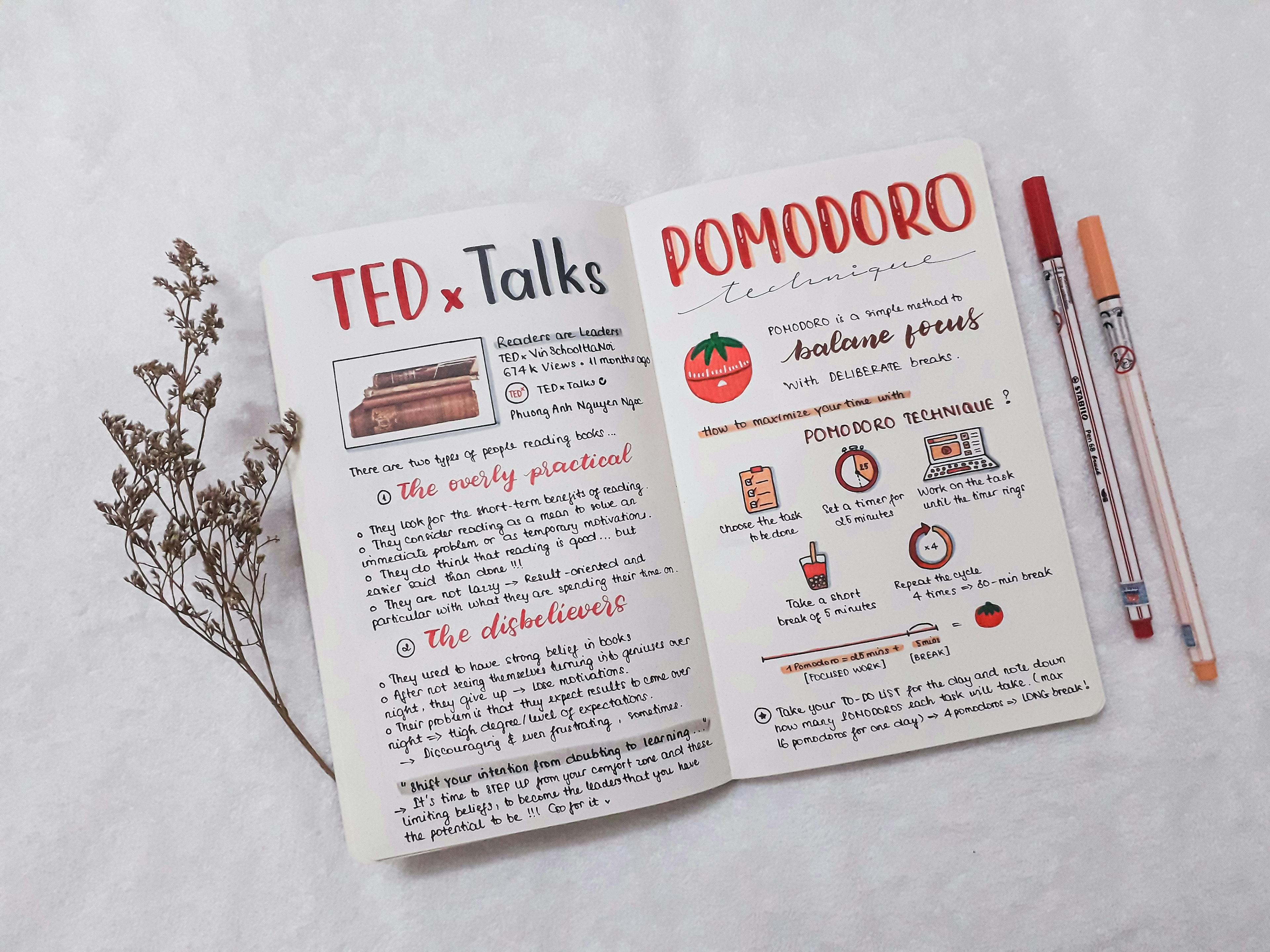
Work in focused intervals, typically 25 minutes, followed by a short break. This method helps you stay engaged and reduces the likelihood of burnout.
Set Timers and Reminders
Utilize timers or alarms to keep yourself on track. Reminders can prompt you to start tasks, switch activities, or take breaks as scheduled.
Use Focus-Enhancing Apps or Tools
Leverage apps like Forest, Freedom, or Focus@Will that are designed to minimize distractions and improve concentration. These tools can block distracting websites or provide ambient sounds to help you focus.
Break Tasks into Smaller Steps
Divide larger tasks into smaller, manageable steps to reduce overwhelm. This makes it easier to focus on one thing at a time and progress steadily.
Use a To-Do List to Stay Organized
Keep a to-do list to organize your to dos and priorities. Having a clear outline of what needs to be done helps you maintain focus and avoid getting sidetracked.
Implementing and Refining Your To-Do List System
Developing an effective to-do list system is crucial for managing tasks and boosting productivity, especially for individuals with ADHD. Here's how you can implement and continually refine a system that works best for you.
Experiment with Different Systems and Apps
Try out various to-do list systems and apps to find one that suits your needs. Whether it's a digital app like Todoist or a simple notebook, the right tool can make a significant difference in how you manage tasks.
Regularly Refine Your System
It's important to regularly assess and adjust your to-do list system. As your responsibilities and priorities change, tweaking your approach ensures it remains effective and efficient.
Organize Tasks to Make Them Manageable
Use a system that helps you organize tasks into smaller, more manageable steps. Breaking down tasks reduces overwhelm and makes it easier to tackle your workload.
Implement a Task Management System for Prioritization
Adopt a task management system that allows you to prioritize and schedule tasks effectively. This could involve setting deadlines, categorizing tasks, or using priority levels to focus on what's most important.
Review and Update Your Master List Regularly
Keep your master to-do list up to date by reviewing and updating it frequently. Regular reviews help you prioritize tasks, stay focused, and ensure nothing slips through the cracks.
By implementing these strategies and continuously refining your to-do list system, you can enhance your productivity and better manage your tasks. Remember, the key is to find a system that works for you and to remain flexible as your needs evolve.
Overcoming Common Challenges
Facing obstacles in productivity and task management is a common experience, especially when striving to stay organized and focused. Overcoming these challenges requires a blend of self-compassion, effective strategies, and a positive mindset.
Be Gentle with Yourself
It's important not to be too hard on yourself if you don't complete everything on your to-do list. Unrealistic expectations can lead to unnecessary stress and diminish motivation. Recognize that it's okay to have off days and that not every day will be perfectly productive.
Embrace Fresh Starts
Forgive yourself on bad days and give yourself permission to start fresh. Holding onto frustration or guilt can hinder progress. Instead, approach each new day as an opportunity to begin again with renewed energy and focus.
Implement Helpful To-Do List Systems
Using a to-do list system designed to combat common challenges like procrastination and distraction can make a significant difference. Choose tools or apps that prioritize tasks, set reminders, and break down activities into manageable steps. This tailored approach can help you stay on track and maintain momentum.
Break Tasks into Manageable Steps
Overwhelm can be a major barrier to productivity. By breaking tasks into smaller, more manageable steps, you reduce the intimidation factor and make it easier to initiate action. This method not only increases productivity but also provides a clearer roadmap to achieving your goals.
Celebrate Your Achievements
Taking the time to celebrate your progress and accomplishments is essential for staying motivated. Acknowledging even small successes can boost your confidence and encourage continued effort. Celebrations can be as simple as taking a short break, enjoying a favorite snack, or sharing your success with a friend.
Apps for ADHD to do list
While pen and paper can be effective, many people with ADHD find digital to-do list apps even more helpful. These apps offer features like reminders, deadlines, and task prioritization, which can be particularly beneficial for managing ADHD-related challenges. For women with ADHD looking for tailored tools, this article on ADHD apps for women highlights several excellent options. Here are three popular options:
NotePlan
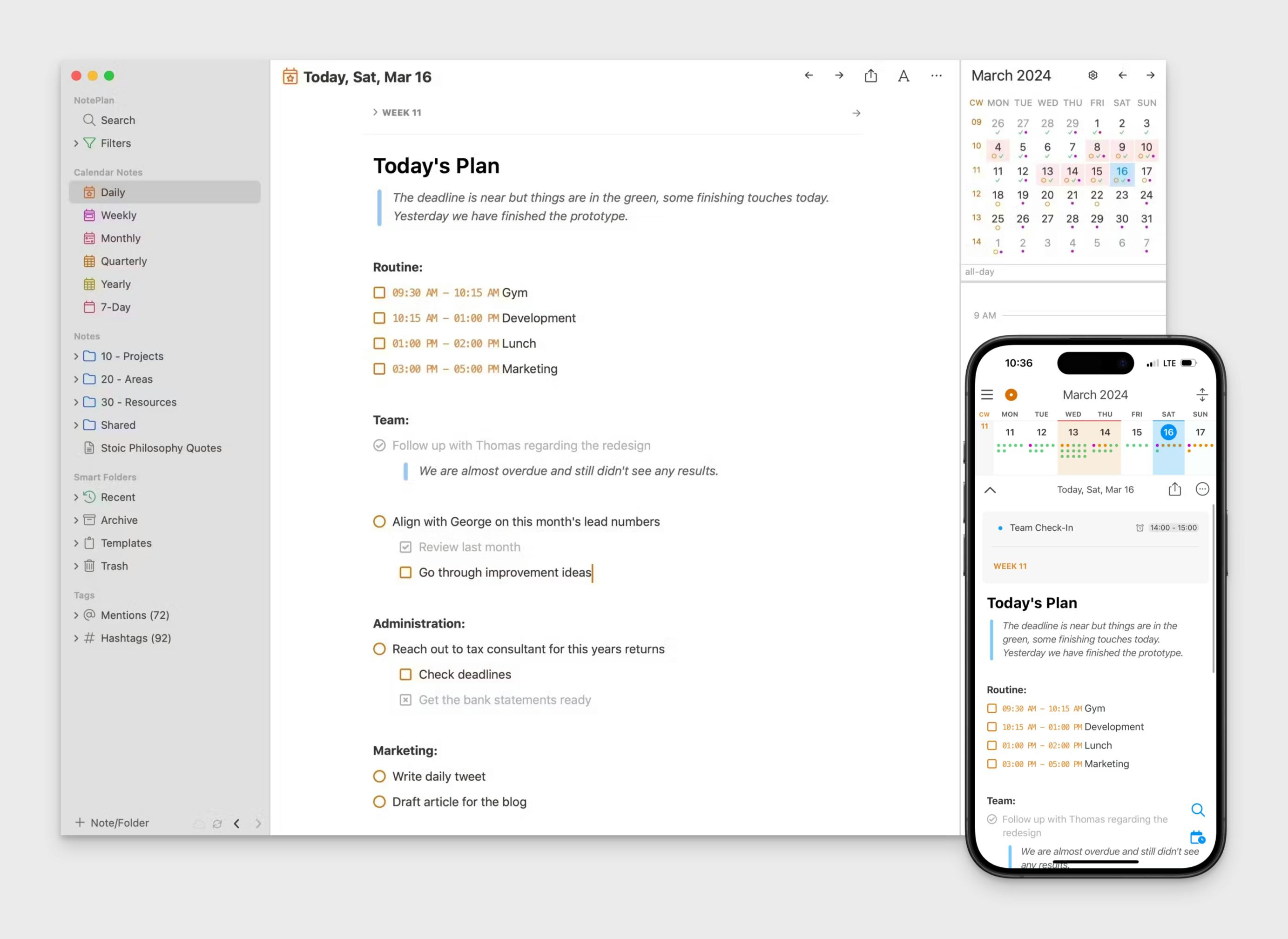
This app combines note-taking, task management, and calendaring all in one place. This can be particularly helpful for those with ADHD who struggle with context switching and prefer having everything integrated. NotePlan allows you to:
- Create daily, weekly, and monthly to-do lists within a calendar view.
- Link tasks to notes and events for better organization.
- Sync across devices for access anywhere.
Todoist
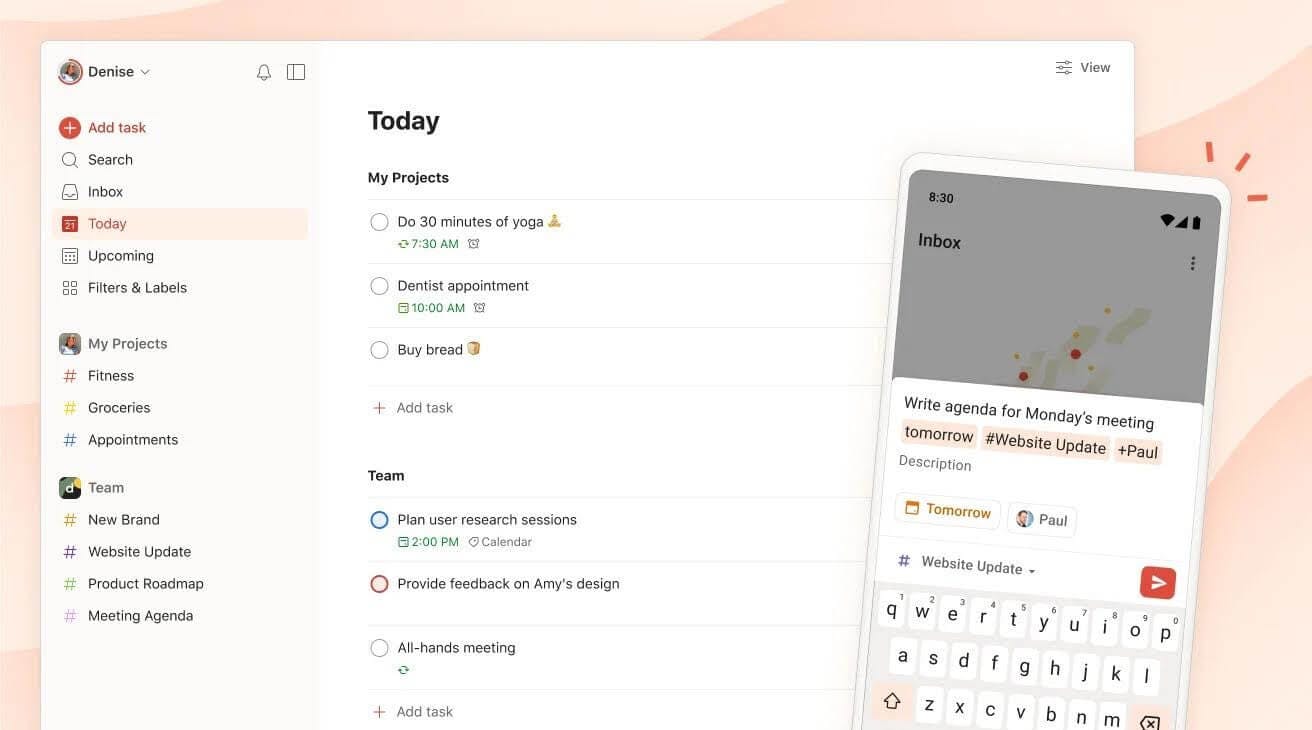
Known for its clean interface and powerful features, Todoist is a favorite for many productivity enthusiasts. It's particularly helpful for managing complex projects and collaborating with others. Key features include:
- Create tasks with due dates, labels, and priorities.
- Add tasks using everyday language.
- Organize tasks hierarchically.
TickTick
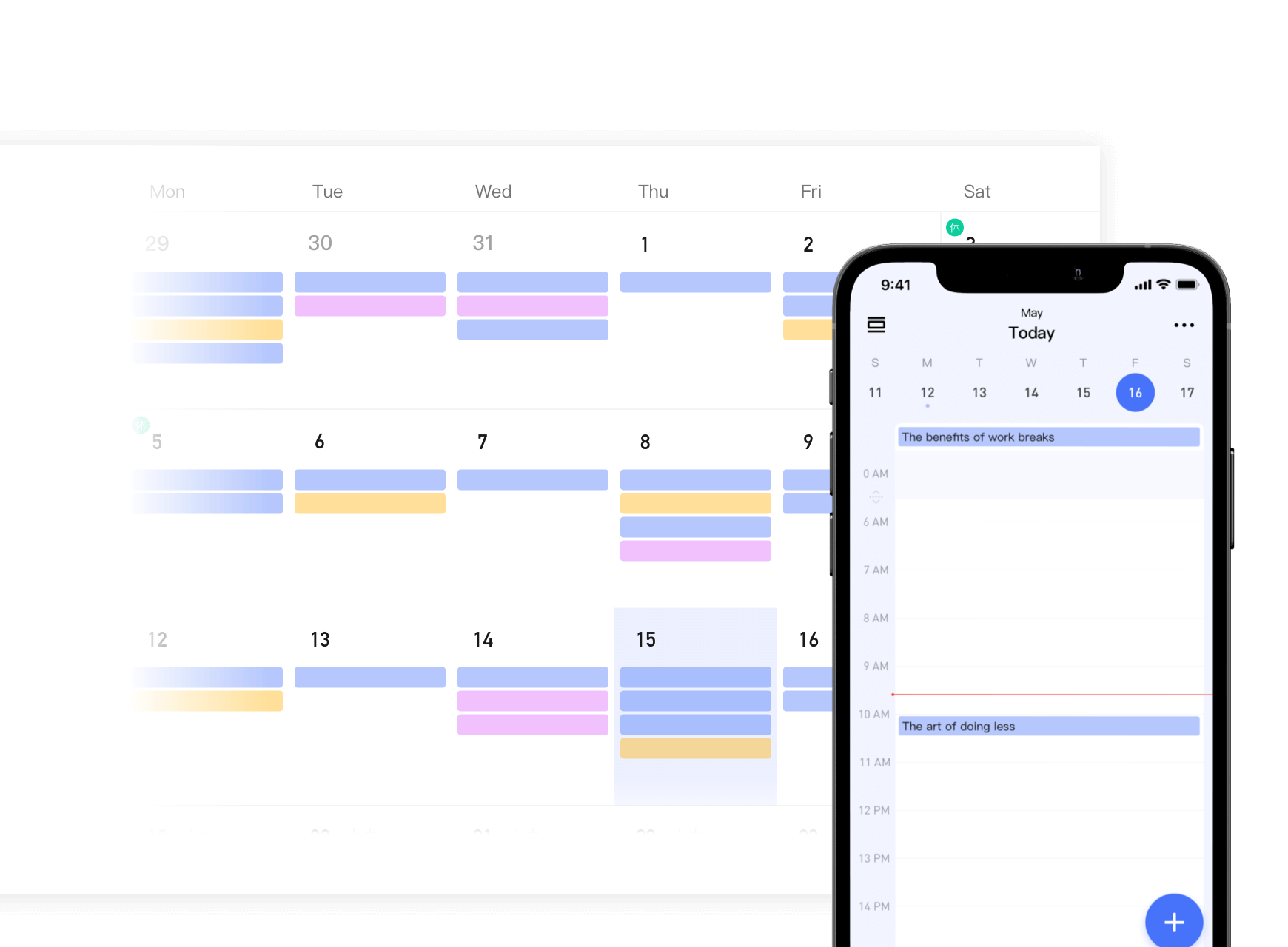
This versatile app offers a wide range of features, including a Pomodoro timer and habit tracker, which can be particularly beneficial for individuals with ADHD. TickTick also allows for:
- Set deadlines, reminders, and recurring tasks.
- Visualize tasks in a calendar format.
- Enhance focus using the Pomodoro Technique.
Conclusion
A well-crafted to-do list can be a powerful tool for individuals with ADHD, enhancing focus and boosting productivity. By understanding the benefits of to-do lists and creating an effective master list, you lay the groundwork for better task management. Breaking down tasks into smaller, manageable steps reduces overwhelm and makes it easier to take action.
Prioritizing and scheduling tasks ensures that you focus on what’s most important, making efficient use of your time. Implementing and regularly refining your to-do list system keeps it effective and tailored to your evolving needs. Remember to stay flexible and adapt your system as necessary to maintain its usefulness.
With the right to-do list strategies, you can overcome common challenges and achieve your goals. Embracing these techniques empowers you to take control of your tasks, improving your ability to stay organized and focused.
Can one app really replace your entire productivity stack?
NotePlan did. Try NotePlan free for 7 days to learn how